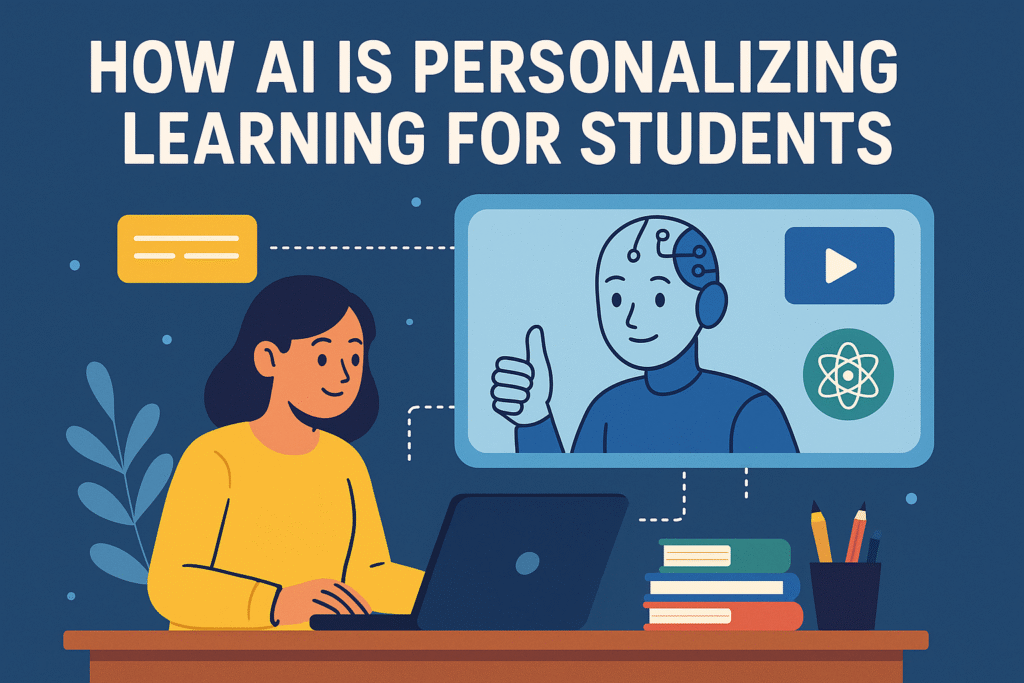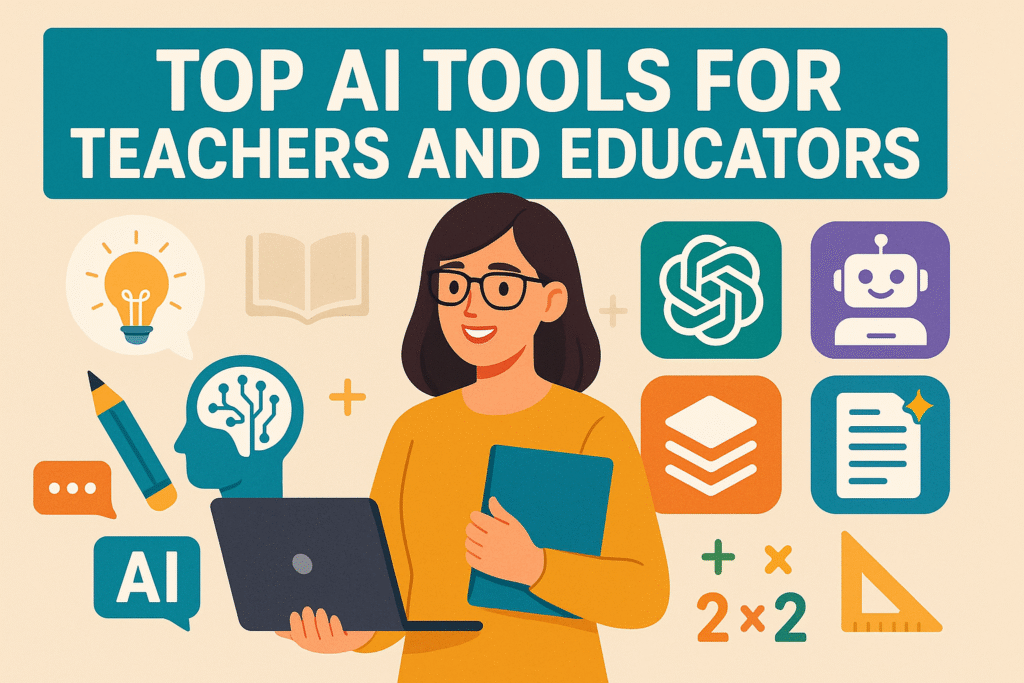🧠 AI for Special Education: 7 Powerful Ways It Empowers Every Learner
AI for Special Education is transforming how students with disabilities learn and thrive. Discover 7 ways AI empowers every learner. Full insights on AiBlogQuest.com.
💡 Introduction: Inclusive Learning in the Age of AI
In 2025, artificial intelligence is more than a trend—it’s a game changer in education. Nowhere is this more impactful than in special education, where AI is helping empower every learner, regardless of physical, cognitive, or emotional challenges.
At AiBlogQuest.com, we’re diving into how AI for special education is creating personalized, inclusive, and accessible learning for all.
🔍 7 Powerful Ways AI Supports Special Education
1. 🗣️ Speech-to-Text & Text-to-Speech Assistants
AI tools like Otter.ai and Speechify help students with dyslexia, speech impairments, or visual impairments by converting spoken words into text and vice versa—making learning multisensory and accessible.
2. 🎧 Personalized Learning Platforms
AI adapts lessons to each student’s pace and learning style. Platforms like KidSense.ai and Read&Write adjust complexity based on performance, reducing cognitive overload.
3. 🧑⚕️ Early Diagnosis of Learning Disabilities
AI-driven assessments can detect learning disorders early, such as ADHD or dyslexia, enabling teachers and parents to act sooner with targeted support.
4. 🧠 Cognitive Behavior Bots for Emotional Support
Chatbots like Woebot and Replika provide emotional coaching, helping students manage anxiety, frustration, or social challenges often associated with special needs.
5. 🧑🏫 AI-Powered Tutoring for One-on-One Attention
AI tutors like Socratic and Khanmigo offer personalized explanations and feedback—ideal for students who need more individualized guidance.
6. 🔊 Real-Time Language Translation for ESL & Autism
AI translation and simplification tools like Google Lens and Microsoft Immersive Reader help break down language or communication barriers.
7. 💻 Assistive Devices with AI Integration
From eye-tracking tools to AI-powered hearing aids, assistive devices now integrate AI to enhance interaction, learning, and independent functionality for disabled students.
🎯 Benefits of AI in Special Education
-
✅ Customized pace and content delivery
-
✅ Increased accessibility for students with disabilities
-
✅ Less teacher burnout through automation
-
✅ Enhanced emotional support and engagement
-
✅ Real-time feedback and diagnostics
🔗 Useful Links
🌐 Resources
❓ FAQ – AI for Special Education
Q1: Is AI safe for students with disabilities?
Yes—most tools are designed to comply with accessibility and data privacy standards like FERPA, ADA, and GDPR.
Q2: Can AI replace special education teachers?
No. AI enhances support but cannot replace the empathy and adaptability of trained educators.
Q3: How can parents use AI at home?
Apps like Speechify, Grammarly, and Khan Academy can help with homework, language development, and behavior tracking.
🏁 Final Thoughts
AI for special education is not about replacing humans—it’s about giving every student a fair chance to learn and grow. With the right tools, AI can remove barriers and unlock potential like never before.
Stay ahead of the inclusive AI revolution with more insights at AiBlogQuest.com.
🏷️ Tags:
AI for Special Education, Assistive AI Tools, Inclusive Learning, AI and Disabilities, Personalized Education, AiBlogQuest



